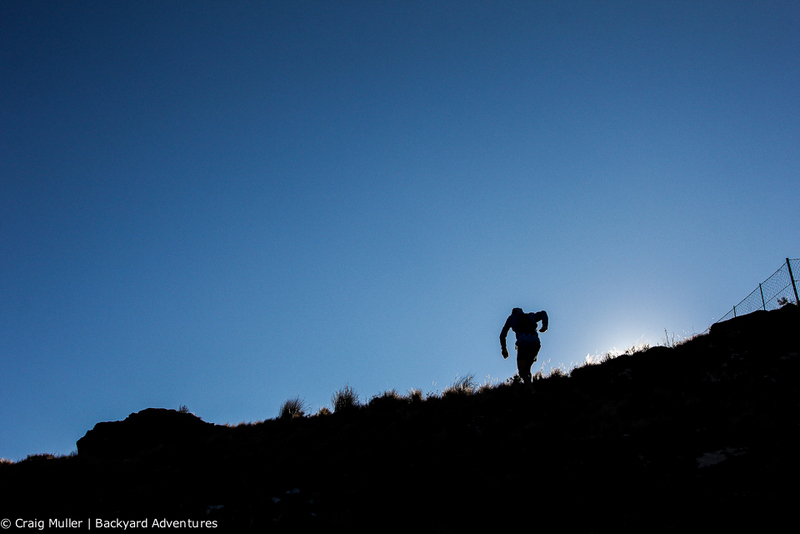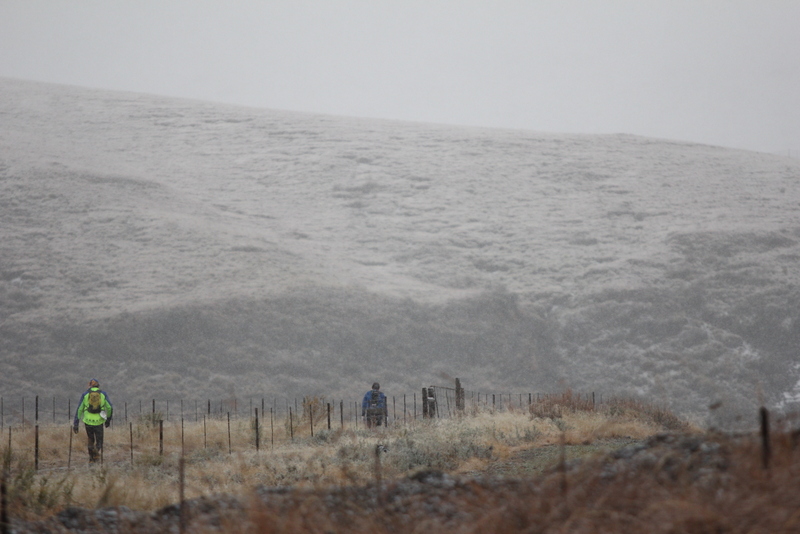Article appeared in the Norwich Life in-house publication - Third Quarter 1989
by Peter Jooste
Nestling in the foothills of the Southern Drakensberg at 6000ft above sea level in the valley of the Bell River is the picturesque hamlet of Rhodes. Originally named Rossville after a prominent Duminy in the North Eastern Cape, the name was changed in the 1880's by the city fathers in the hope that old Cecil John would make a substantial cash grant to the council coffers. Rhodes responded with a donation of £500.00 (this mysteriously disappeared together with the town clerk) and a couple of young fir trees, which have grown into giants and still grace the main road through the town.
The current permanent population is seven whites and about two hundred blacks and the many restored "nagmaal huisies" are owned by absentee landlords living in the big cities who visit the town for skiing in the winter and "just relaxing" during the mild summers.
It was a group of absentee landlords who conceived the idea of mapping out an ultra marathon of 52 kilometres, taking the runners from the town out on the Naude's Nek road (the highest mountain pass in Southern Africa) and then diverting into the Kloppershoek valley before climbing to ten and a half thousand feet and running along the Southern Lesotho border, before dropping back again into the valley via the Carlisle's Hoek jeep track.
The inaugural run was planned for the 22nd of July 1989 and the pre-race letter warned participants that they could expect snow, sub-zero temperatures and strong rivers to cross. The organisers had no idea of what response to expect, and were overwhelmed to receive just over one hundred entrants which included Agency Department's own Greg Pereirra (back from his first Comrades Marathon in a time of 7:56).
The participants arrived in the snow covered town on Friday 21 July and after an early night were awakened at 06h00 on race day by the pealing of church bells. Just before 07h00 on 22 July seventy one entrants (30 got "cold feet") lined up in -12 degrees under the Norwich Life banner spanning the main street.
Tradition was established when an ad hoc decision was taken to start the race with a peel of church bells, followed by the firing of an antique revolver, setting the runners off on what has been described as the "most exciting happening in Southern African running in decades". From the outset our Greg took up a position amongst the leaders running against a strong field comprising 75% Comrades silver medalists. At just past the half way mark after the steep descent back into the valley it was exciting to see him in 13th place. Once down on the flats he worked his way through to fifth place to cross the line in 5 hours 40 minutes and qualify for the much prized silver medal.
S.A.Runner magazine in a colourful article called it "Africa's most scenic Ultra" and "one of the most challenging Ultra's on the continent". Greg, who has run numerous local marathons and just recently his first Comrades feels this could become one of the most prestigious events on the S.A. running calendar. His views are shared by many of the participants, quite a few of whom participate in overseas Ultras of a similar nature.













